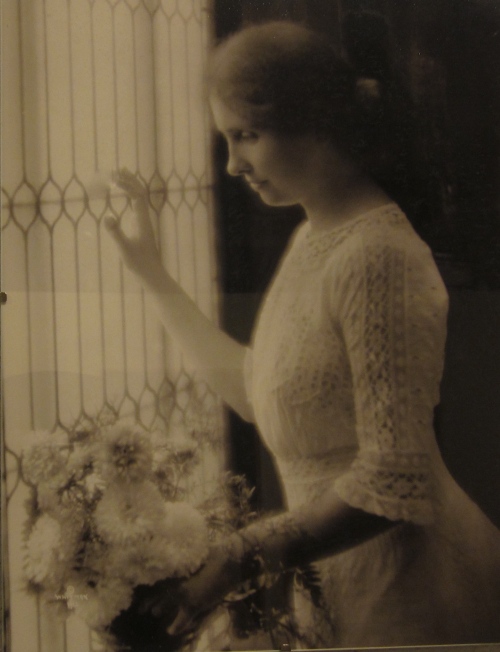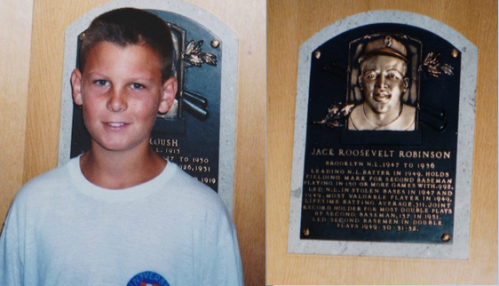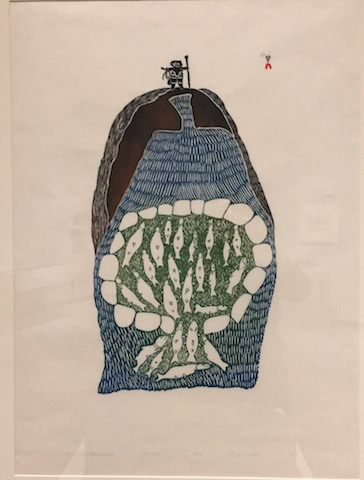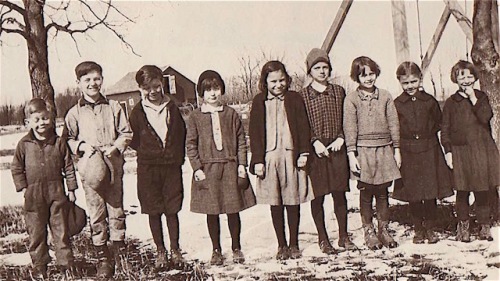Last night I had supper with a university professor who had just returned from the American Academy of Religion conference in San Antonio that annually brings together more than 10,000 religion professors, authors and students. The professor talked about the feeling of sadness that had permeated the meetings in the wake of the election results and said it was striking to see how many of the speakers while presenting their academic research and papers to the conference began to weep. It inspired me to look for words that might offer encouragement and to go through my photo collection to find related images.

A stained glass window photographed in St. Stephan’s Catholic church in Mainz Germany. It was created by Jewish artist Marc Chagall as a gift he hoped would bring people together after World War II
This is precisely the time when artists go to work. There is no time for despair, no place for self-pity, no need for silence, no room for fear. We speak, we write, we do language. That is how civilizations heal. – Toni Morrison

A trio of Quebec suffragettes photographed in Quebec City. They never gave up even though it took them twenty-two years of determined and unrelenting effort to get women the right to vote in their province.
I just want you to know you have to stay encouraged. Don’t ever think you can’t make a difference. -Barack Obama

Photographed at the Chernobyl Museum in Ukraine where there are a multitude of pencil portraits of doctors, nurses, police officers, firefighters and ambulance drivers who died trying to help the people injured by the disaster. They were heroes just doing their jobs.
Everytime we think we have reached our capacity to meet a challenge we look up and we realize that capacity may be limitless. This is a time for heroes. We will do what is hard. – President Bartlett on West Wing

Portrait of Helen Keller photographed at the Thomas Edison estate in Fort Myers, Florida. Helen was born deaf and blind. She became a famous author, political activist and lecturer.
In the middle of every difficulty lies opportunity. – Albert Einstein

Photograph of our son taken at the baseball hall of fame in Cooperstown New York with the Jackie Robinson plaque. Robinson was the first African American to play major league baseball.
Stereotypes lose their power when the world is found to be more complex than the stereotype would suggest. When we learn that individuals do not fit the group stereotype, then it begins to fall apart. -Ed Koch

Photo taken at the Anne Frank exhibit in Hong Kong.
Inspite of everything I still believe people are really good at heart. – Anne Frank

Lighthouse carved from a tree damaged in a tornado. Photographed in Seacliff Park Leamington Ontario
In a time of destruction, create something- Maxine Kingston

Sculpture photographed in Singapore
Children are the world’s most valuable resource and its best hope for the future. – John F. Kennedy

With Starry Night by Vincent Van Gogh at the Museum of Modern Art in New York City. Van Gogh suffered from anxiety and depression while creating this beautiful vision of the night sky.
Without the dark we would never see the stars. – Stephanie Meyers

Dream Catcher photographed at a Wendat village near Quebec City
Hold fast to dreams,
For if dreams die
Life is a broken-winged bird,
That cannot fly.
― Langston Hughes
Other posts………
A Little Light
That’s How Light Gets In
Thoughts on Hope



































 Take a closer look at Elizabeth’s piece and you can see a happy family near the top. Where are they off to? There is a kayaker with a dog perched precariously on the back of his boat. What is it doing there? Two characters appear to be shouting at each other. What are they upset about? Two people are dancing. Are they celebrating or mourning something?
Take a closer look at Elizabeth’s piece and you can see a happy family near the top. Where are they off to? There is a kayaker with a dog perched precariously on the back of his boat. What is it doing there? Two characters appear to be shouting at each other. What are they upset about? Two people are dancing. Are they celebrating or mourning something?  Elizabeth was born in 1916 and her family lived a nomadic life till starvation and poor health forced them to settle in Baker Lake. Here Elizabeth become part of a sewing cooperative and was one of the first women in Baker Lake to use her talents as a seamstress to make wall hangings instead of clothing. In some of her hangings not only the figures but much of the space between them is covered in stitches. Elizabeth’s magic needle can turn the herringbone stitch into a bird’s feather, a dog’s hair or a fish’s scales.
Elizabeth was born in 1916 and her family lived a nomadic life till starvation and poor health forced them to settle in Baker Lake. Here Elizabeth become part of a sewing cooperative and was one of the first women in Baker Lake to use her talents as a seamstress to make wall hangings instead of clothing. In some of her hangings not only the figures but much of the space between them is covered in stitches. Elizabeth’s magic needle can turn the herringbone stitch into a bird’s feather, a dog’s hair or a fish’s scales. 










